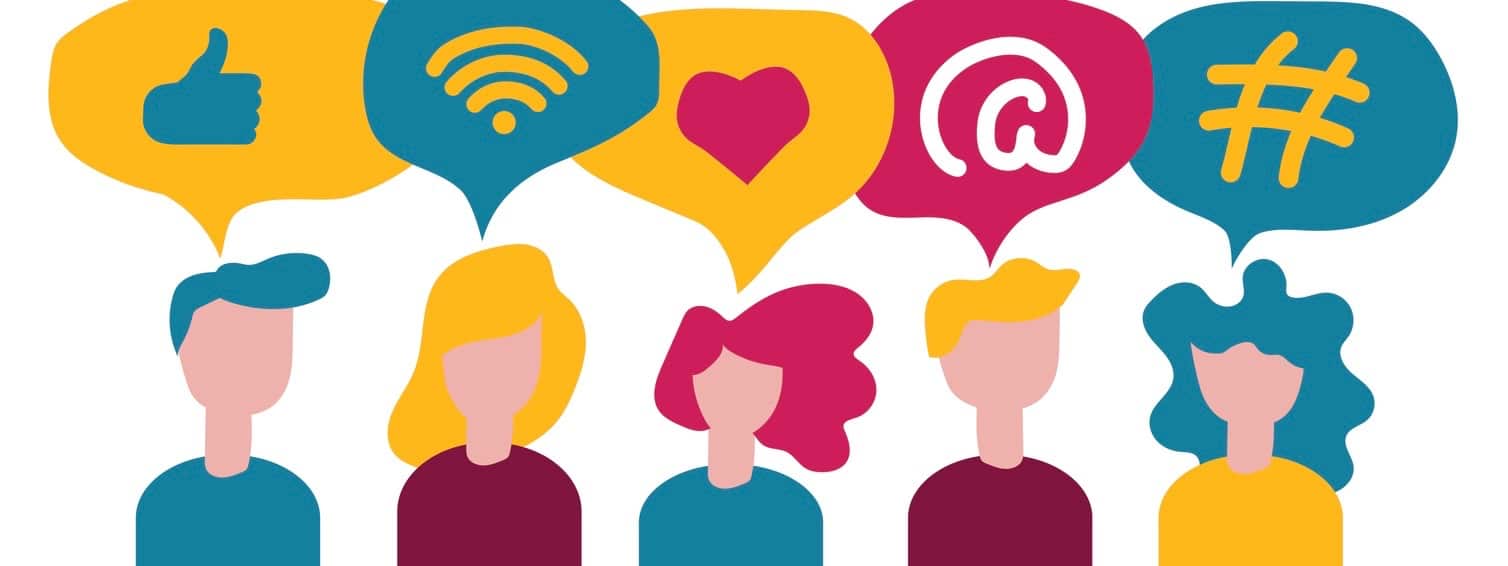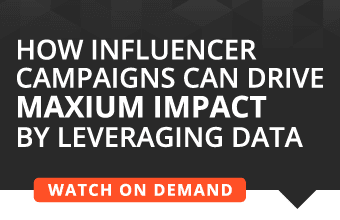Let’s start this off with some food for thought. What would the first syndrome be if the business world loses the word of mouth effect?
First and foremost, this phenomenon implies that nobody talks about anything else outside their first-tier affairs. Imagine the cream of e-commerce websites abandoned to silence. They are alone, untouchable, and unable to move in any direction.
Let’s advance our little experiment further and turn on the word of mouth all of a sudden. The first website sets up to talk about another web location. During this time, the two groups get closer to each other growing a link between them. The chatter starts expanding, taking over more and more websites.
Eventually, a neuronal network comes to life. Everything becomes interconnected and traffic runs freely, energizing the entire system.
This picture is a rough representation of how powerful PR and influencer marketing are. Because what would these two industries be without their media outlets and social media creators to spread the news?
But their origin story is just the beginning of their list of similarities. Here are other points of convergence that trace back to the territory these two practices share.
Brand awareness through third parties
Influencer marketing was born the moment marketers started collecting endorsements from social media accounts with high followings. It’s efficient at spreading the word out across social media platforms (Instagram, Facebook, YouTube, LinkedIn, Tiktok, and others). In exchange for influencers’ recommendations, brands offer various compensations. It can be financial awards but also other forms like product samples.
Therefore, influencer marketing works with paid promotions. However, it can still take the shape of ongoing collaborations stretched over a longer period of time provided that influencers turn up to be excellent matches.
Generally, influencers have a say in who they’re working with. Since they are the only ones with a strong sense of what kind of content their audience wants to consume, account owners are picking their partners carefully. Granted, the influencer-brand match is being calibrated at both ends which leads to optimal results. Brands get the attention of the right community interested in their work while influencers keep their followers satisfied.
As for public relations, this industry executes brand awareness strategies both online and offline. PR also thrives on third-party influencers. But this time, their communication partners are experts like journalists, editors, and publishers who write for official publications. People listen to their voice because journalists work with facts instead of personal opinions like influencers do. Therefore, their reputation depends on how well documented their work is.
As we’ve seen, both PR and influencer marketing shape brand images from the outside. One is determined to present facts while the other unveils the inspirational side of market offerings.
Reliance on human touch
At this point, there are enough influencer marketing case studies to prove that this is a mature industry heading towards digitalization. Marketers have been finding ways to automate their tasks using the latest martech platforms. That being said, no tool will be able to replace the human touch. Both brands and influencers share expectations that only dialogue can satisfy.
For one, influencers need to be reassured that companies are going to nurture instead of disrupting their connection with the online community. At the same time, it is a core part of marketers’ job to safely introduce new partners to their company culture. Therefore, influencer events and meetings have become a common practice for companies to stay in touch with their social media partners.
Likewise, PR efforts rely on connections. PR activities involve above all else building relationships with the media. While in digital times sharing a story can be done within the snap of a finger, it always helps when reporters are acquainted with their sources. A professional relationship based on mutual trust secures a faster approval of new stories.
Following this perspective on both sides, it is safe to say that PR and influencer marketing will continue to rely on interpersonal communication even in the age of bots.
How PR and influencer marketing similarities impact you
Of course, the PR and influencer marketing departments will continue to function separately even with their similarities out in the open. Nonetheless, now it’s more important than ever to emphasize the collaboration between the two teams.
Needless to say, the two are not to be confused. However, it is in the interest of brands to get these two departments in sync and make them work in tandem.
When inside agents and external partners are all telling the same story, brands are forging trust with their audience. Standing by strong principles and corporate narratives is what builds companies that stand the test of time.
Brands should always treat tradition and innovation as powerful tools. They can join their forces to ensure better results instead of racing against each other. At the end of the day, both PR and influencer marketing share the same goal: showing the public all the good reasons to love a company.








